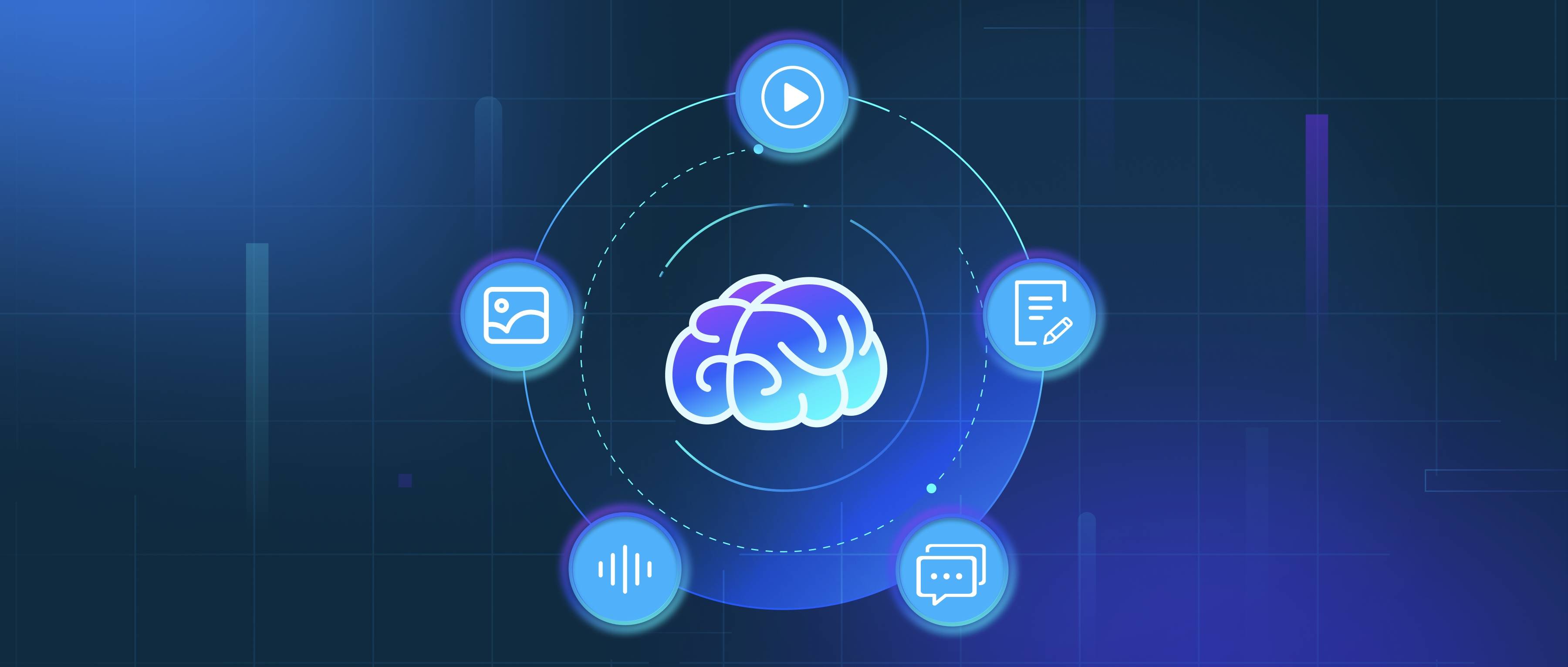Unsupervised learning in NLP is crucial for discovering patterns, structures, and relationships in text without relying on labeled data. It is widely used in pre-training models, where language representations are learned from vast corpora using tasks like masked language modeling (e.g., BERT) or next-word prediction (e.g., GPT).
Techniques like clustering and topic modeling (e.g., Latent Dirichlet Allocation) identify themes or categories in text data. Word embedding methods, such as Word2Vec and GloVe, use unsupervised learning to create dense vector representations that capture semantic relationships.
Unsupervised learning is particularly valuable in low-resource settings, where labeled data is scarce. It enables applications like language modeling, sentiment analysis, and summarization by providing foundational insights into text structure and semantics. As models and algorithms improve, unsupervised learning will continue to play a key role in advancing NLP capabilities.
